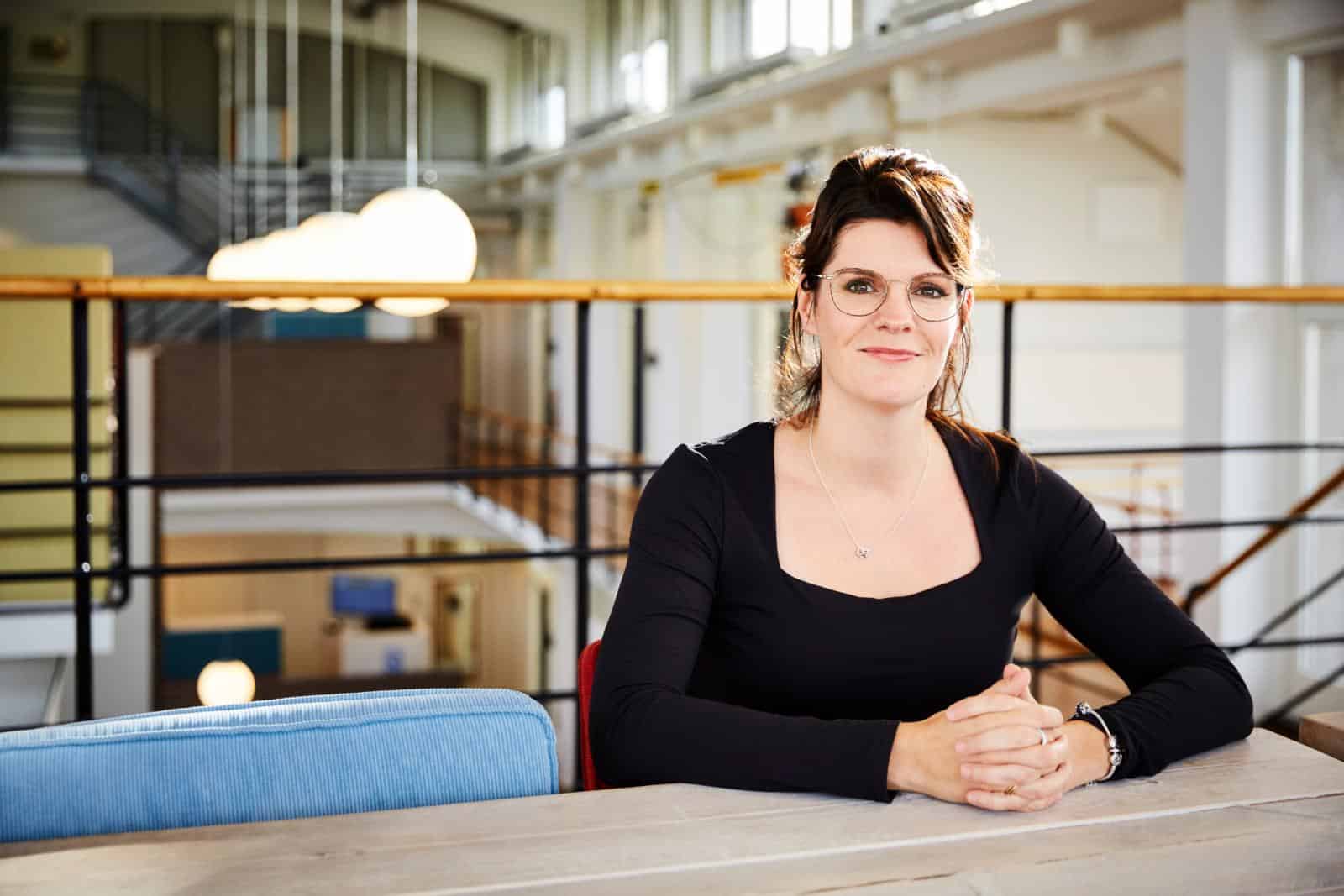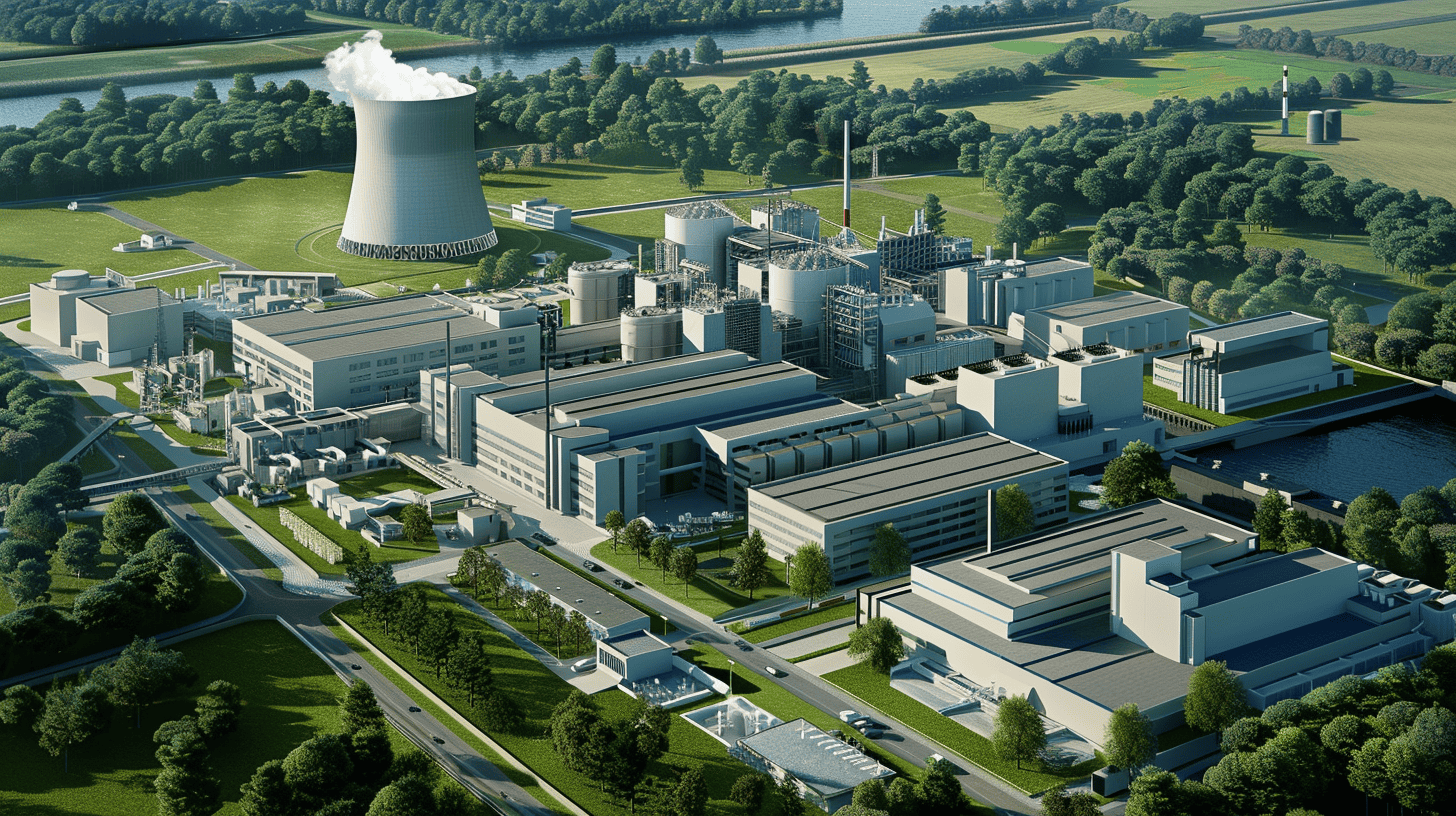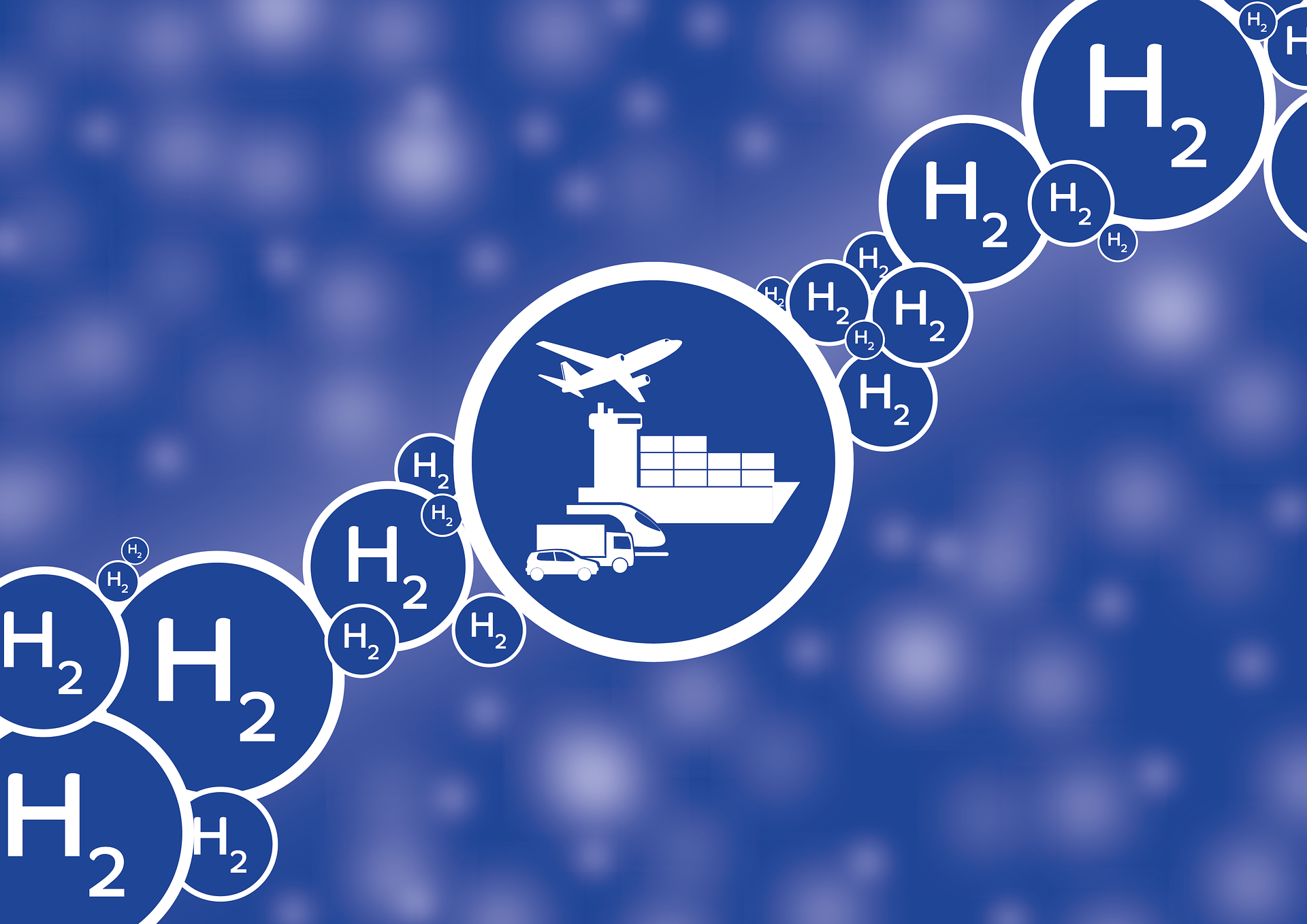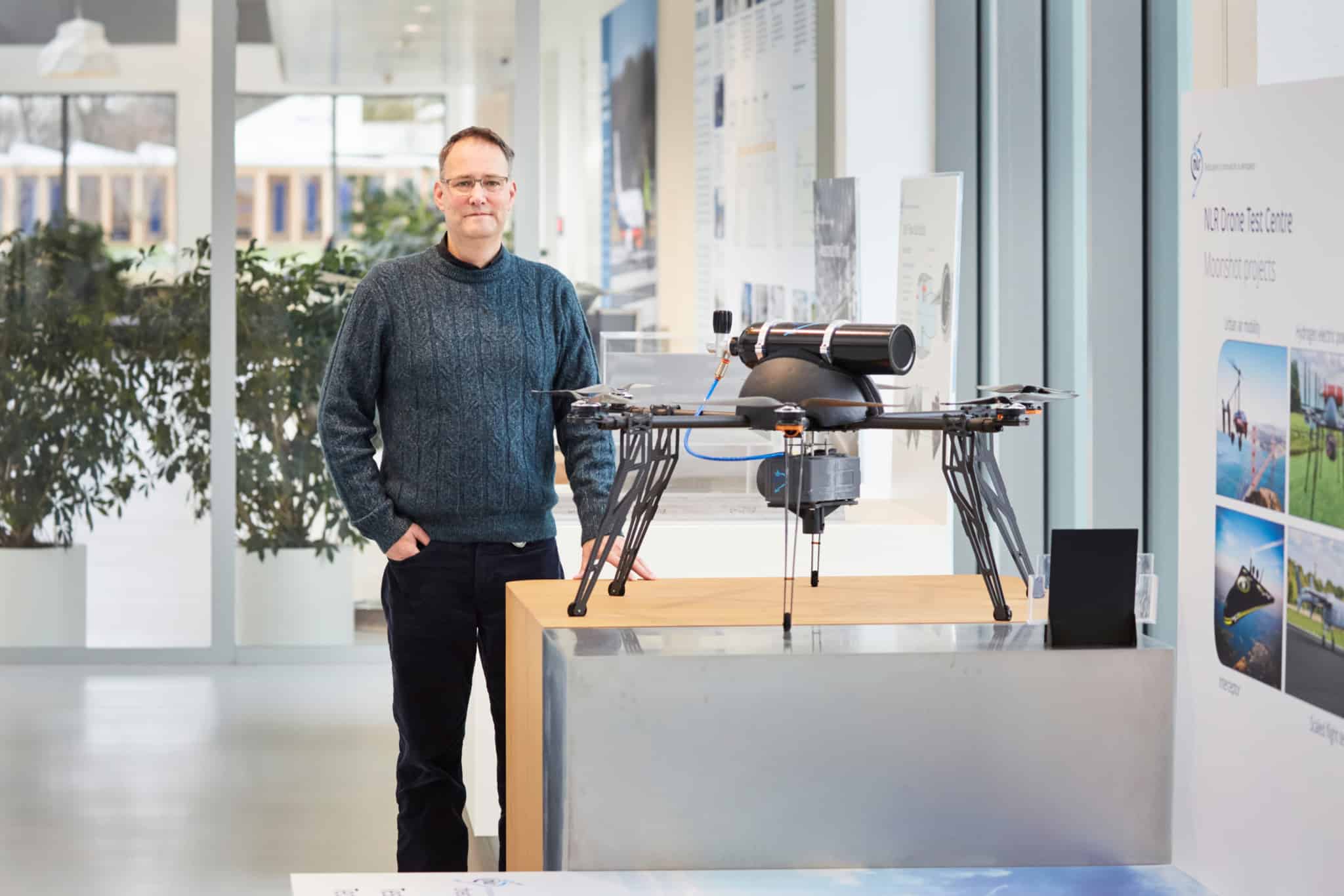
When his classmates were giving presentations about seals or their pet guinea pigs, a twelve-year-old Roel van Benthem chose nuclear energy as his topic. “For as long as I can remember, I’ve wanted to know how things work. I’ve always been keen on technology.”
So it was hardly a surprise when he moved from Lelystad to Enschede to study applied physics, completing his studies at the University of Twente in low-temperature physics in the 80’s. After studying, Roel started to work in the space flight department of the aircraft manufacturer Fokker, where he carried out research into thermal control systems for single-phase and two-phase cooling – or in other words, how to control the heat balance on a spacecraft in the extreme conditions prevailing in space.
Why this is important:
In this article, we shed light on the contributions of Roel van Benthem, providing insights into his role, achievements, and expertise within NLR (Netherlands Aerospace Centre). Understanding his work offers valuable insights into the advancements and developments shaping the aerospace industry, particularly in the Netherlands.
Pioneering hydrogen research
Roel now has twenty-five years behind him at NLR, where he is a senior R&D engineer. Since 2014, he has been the lead engineer responsible for the research done into hydrogen. That took off in 2016 when he and a group of his colleagues sounded a note of caution: making aviation more sustainable was becoming ever more important and they thought that NLR needed to start research into hydrogen. “We concluded pretty quickly that battery-powered flight isn’t an option. Batteries are too heavy and don’t store enough energy per kilogram – energy being the fuel, in this case. That’s when we settled on hydrogen. NLR was one of the first organisations in the aviation sector to carry out research into this.”
In 2019, NLR became the first in the Netherlands to fly a hydrogen-powered drone, the HYDRA-1. “We chose a drone as the test platform,” says Roel, “so that we could scale the research up from there to larger craft.” The tank of the HYDRA-1 is connected to a fuel cell in which an electrochemical process takes place, reacting the hydrogen with oxygen from the air to produce electrical energy. This makes flying the drone CO2-neutral given that the only waste product is water vapour, a harmless gas.
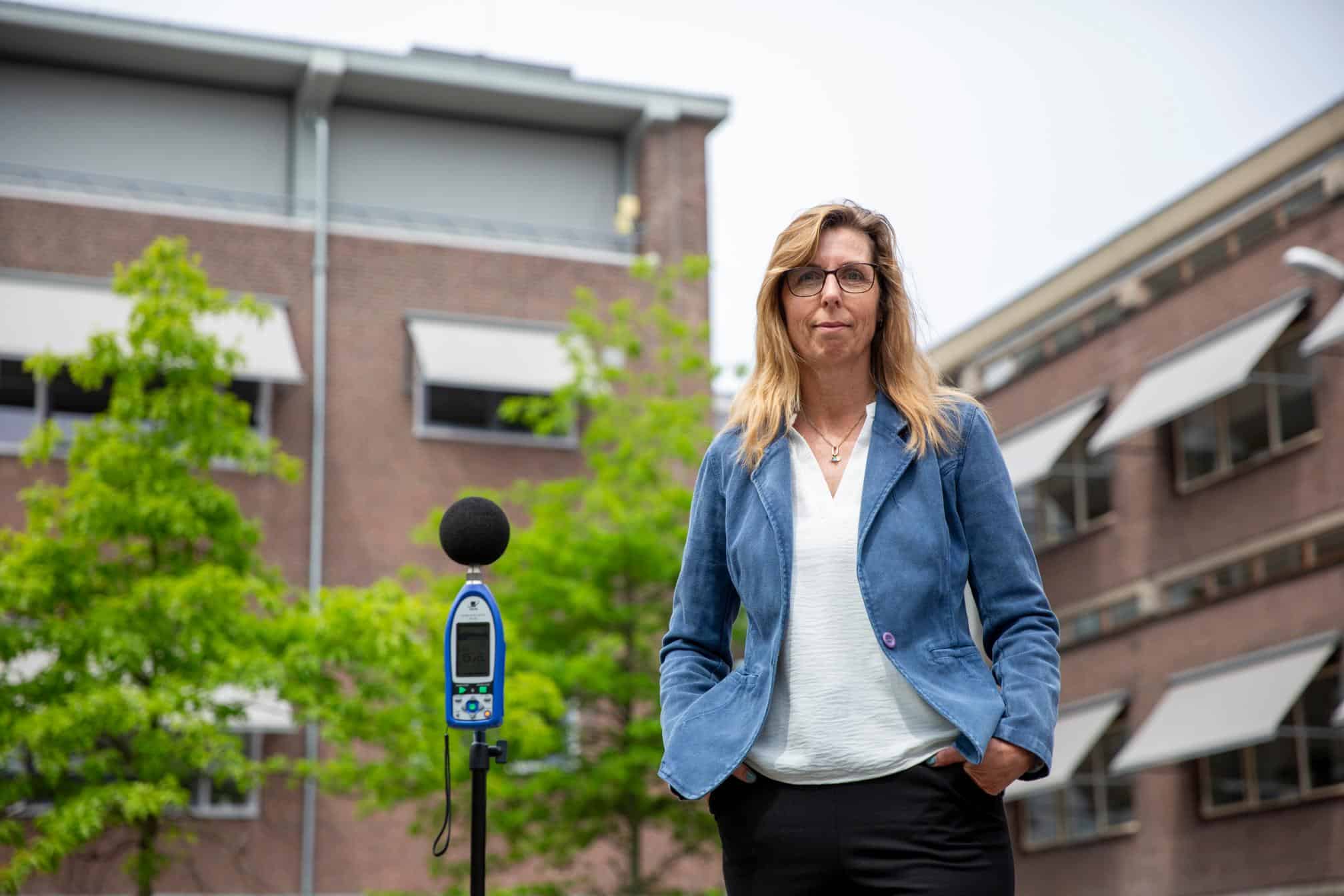
When Roel looks back on his career, HYDRA-1 is one of the projects he is most proud of. Not so much the construction of the drone itself was the most difficult thing to do, but the entire organisation needed to build up experience with safely working with hydrogen. The drone was just the tip of the iceberg. Nobody in our lab had ever worked with hydrogen before. It’s a flammable and explosive gas, so we had to take all kinds of new safety precautions. We also needed to build a test facility for testing the systems. In essence this drone project prepared NLR for a future with hydrogen. Back then, there was considerable in doing that. It wasn’t nearly so clear is it is today, that hydrogen was going to take off like it has.”
Liquid hydrogen for sustainable aviation
It is now widely agreed that hydrogen is going to play a crucial role in sustainable aviation. Hydrogen technology currently seems suitable above all for medium-haul flights, but Roel sees a lot of possibilities for improvements. “We really are only just getting started. I can see hydrogen becoming an option for long-haul flights too. Or that we might have to work with interim landings for the time being.”
Replacing gaseous hydrogen with liquid hydrogen (LH2) is one such improvement. This extends the range and the duration of the flight, making it an option for commercial airlines as well. Roel is the leader of the Hydra-2 project in which NLR has designed a double-walled aluminium tank for liquid hydrogen for the HYDRA-2 craft. This is a lightweight tank that is able to withstand the low temperatures of LH2. “Enormous tanks have been developed that can store liquid hydrogen for space applications, for one-time use during a launch. That technology can’t be used for aviation, though, because of the possibility of metal fatigue occurring when the storage is for longer periods. At NLR, we’re doing material research to find out if a tank made of a composite can handle this.”
“It’s great to see how a topic that was insignificant ten years ago has now become self-evidently part of our work.”
Roel van Benthem
Enthusiastic about hydrogen
Pioneering work in hydrogen research has its positive sides as well as some more challenging ones, as using hydrogen changes more than just the aircraft: it also requires changes in the organisation and the aviation sector as a whole. “Hydrogen for the power train means that the whole plane will have to be redesigned. So pretty much everyone within the organisation and our partners are going to be affected and they’ll have to work together. I see it as my role to make sure everyone’s enthusiastic about it.”
Not that Roel wouldn’t have liked everything to move faster – “naturally impatient” is the way he puts it. He really enjoys it when he hears his colleagues talking about hydrogen or fuel cells, in the corridors or by the coffee machines. “It’s great to see how a topic that was insignificant ten years ago has now become self-evidently part of our work.”
It’s easy to see that Roel loves what he does. Before his career focused on hydrogen, he played a major role in the vanguard of thermal modelling and testing electrical cabling for the aerospace industry. Ultimately, that led to a change in the global standardisation. He is also vice-chair of a European working group (EUROCAE Working Group 80) in which he and other experts discuss the new norms for hydrogen-powered aviation.
In his free time, he has become an ardent hiker over the last couple of years. He and his wife are covering the entire Pieterpad, a five-hundred-kilometre path that traverses the Netherlands from north to south. “It’s a pleasant and relaxing way of getting to know the country. You go past places you’ve never even heard of. We’re doing the second half now – we’ve still got about 180 kilometres to go.”
‘Be prepared to stick your neck out’
He has long been searching for something that will let him play his part in creating a better world. “Everything’s falling into place now. Thirty years ago, it was difficult to make it the leitmotif for your career, but sustainability is one, if not the key theme in our sector now and we’ll be flying on hydrogen in ten years. I’m sure of that.”
If he was to give a piece of advice to young people who are still at the beginning of their careers, it would be that they shouldn’t hold back. “I had the feeling for a long time that I was in a kind of standby mode. If you’re convinced that your ideas are good, be prepared to stick your neck out and look to collaborate with colleagues with the same mindset. That’ll be a step in the right direction – not only for you but for the world as a whole.”
